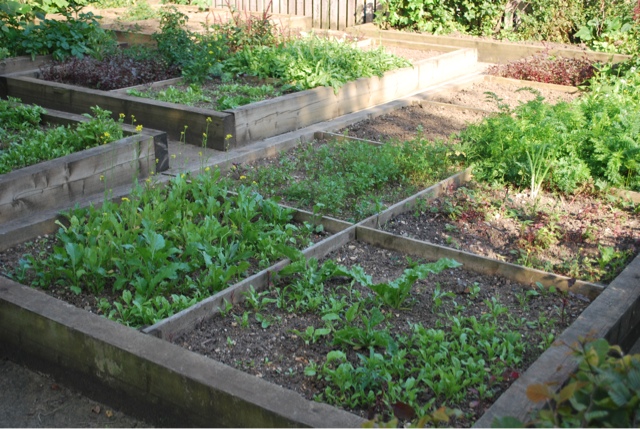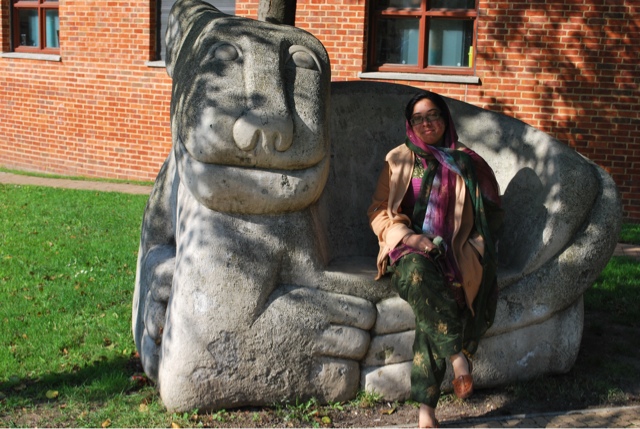It's been a couple of days now since our last encounter with Whirlwind Andrew, a couple of days with space to reflect upon all that we saw and experienced at St Paul's Way, the Bromley by Bow Centre, and the House of Lords.
Our first meeting with Reverend Lord Andrew Mawson was in a crowd outside the Tube station at Mile End; our last in the café at Bromley by Bow. I'm pleased it was there because it was at the Centre that all we had seen and done came together - perhaps not into a cohesive whole, but at least into something with understandable shape and significant meaning. It was at B by B that theology gave birth to mission, and there that mission transformed an established church into something new and vital.
When Andrew first arrived the B by B congregation was (as described by him) twelve little old ladies in a church apparently so far into decline that death appeared to be lurking in the wings. Twenty-six years later a small suite of tired old buildings is now a thriving centre for the local community. There are artists and a nursery school, a busy medical centre and a community vegetable garden, a children's playground and a number of small enterprises plus sundry other activities, all working together for the benefit of all.
The place that is Bromley by Bow is not a wealthy area, yet it has in its midst a wealth of resources and opportunities which collectively transform people's lives.
When I think about the lives of people living in the Kingborough region, I recognise that their story is not B by B's story; and yet, of all the things we have witnessed and experienced on this trip, it is the B by B story which speaks most clearly to me of what is possible when people allow God the time and space in which to work in their lives.
Here is a short list of learnings to ponder:
1.
It all begins with God. What has been achieved at B by B may look like the work of Whirlwind Andrew, but it's not. Everything that Andrew has had to work with was either already there or else arrived at an opportune moment. Yes, Andrew has been very actively involved in but it is God who has been creator, architect and builder of it all.
2. Everything is based upon
a simple theological understanding of what it means to be human:
every person is created in the image and likeness of God; every person shares the Divine creativity; every person embodies in some way the presence of the Divine.
3. God is already present and living and at work in every human situation;
our mission is to see and hear and feel what it is that God is doing and join in with that.
4. The whole world is filled with people in need; we cannot do everything, so we must
focus upon the opportunities we are given to make a difference.
5. Too often we recognise our human limitations and set our sights far too low; rather, we must embrace the truth of God's Divine abilities and we must
raise our sights far, far higher to embrace the extraordinary opportunities which come our way.
6.
It takes time. The Bromley by Bow Centre that we experienced has been twenty-six years in the making.
7.
Failure is a necessary part of success. Not everything has worked at B by B. However, Andrew's attitude is that each failure is a learning experience. Fear of failure is a failure too: a failure to risk following the way of Jesus.
For those of us at Kingston, each of these points speaks directly to our situation. And if we truly believe that it is God who is at work in our lives and the life of our community, then faithfulness is following the opportunities God provides.
Finally, the thing which has impacted me most profoundly about the Bromley by Bow Centre is that what has been created there is an oasis in the middle of a wilderness. It is not just the church which is sacred space, but the whole complex is a haven. The beauty of art and gardens and playgrounds and greenery now speaks of the very incarnation of God. The very thing which our community of faith hungers to offer our wider community is exemplified in B by B. The haven we long for is possible.










